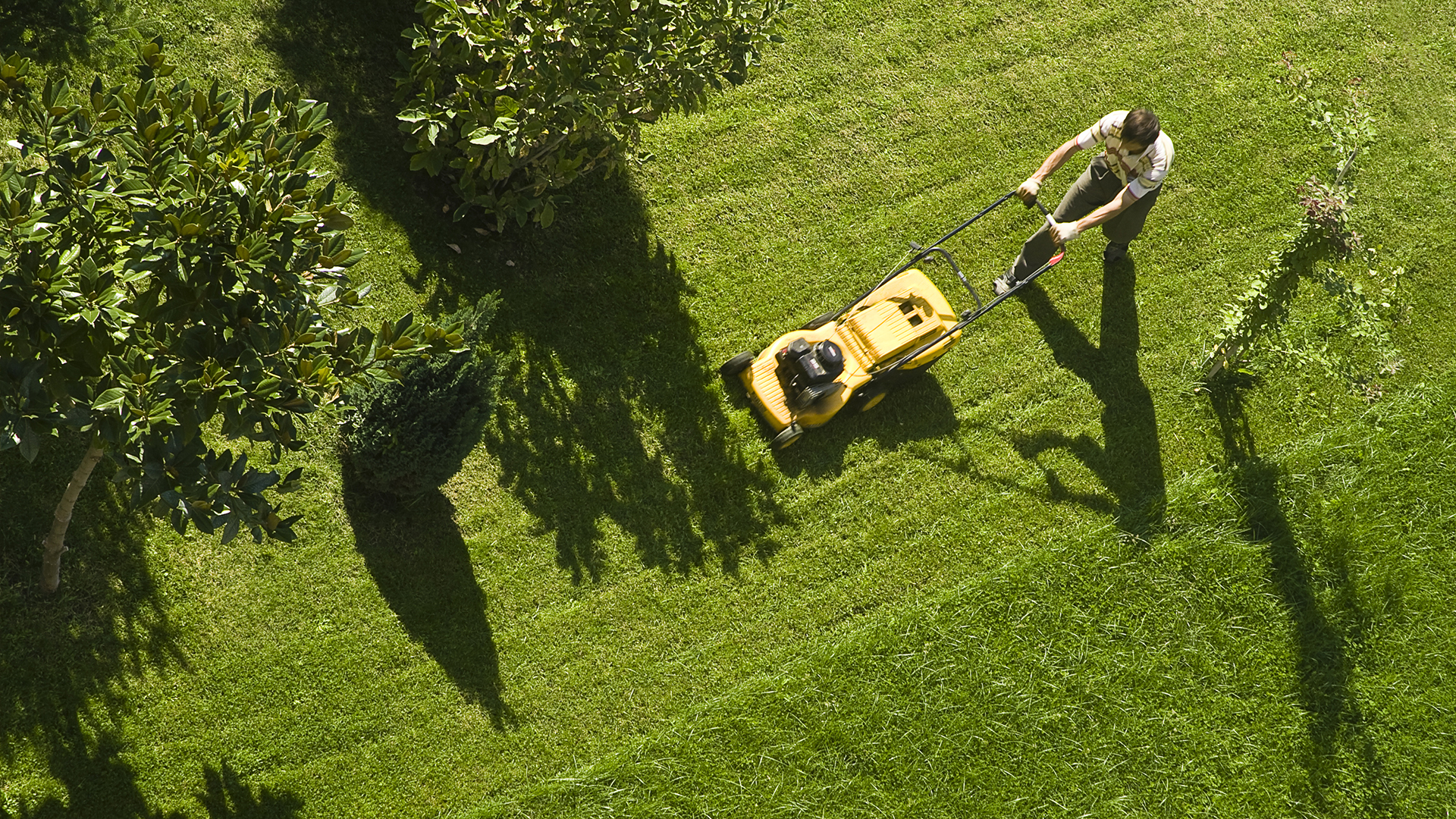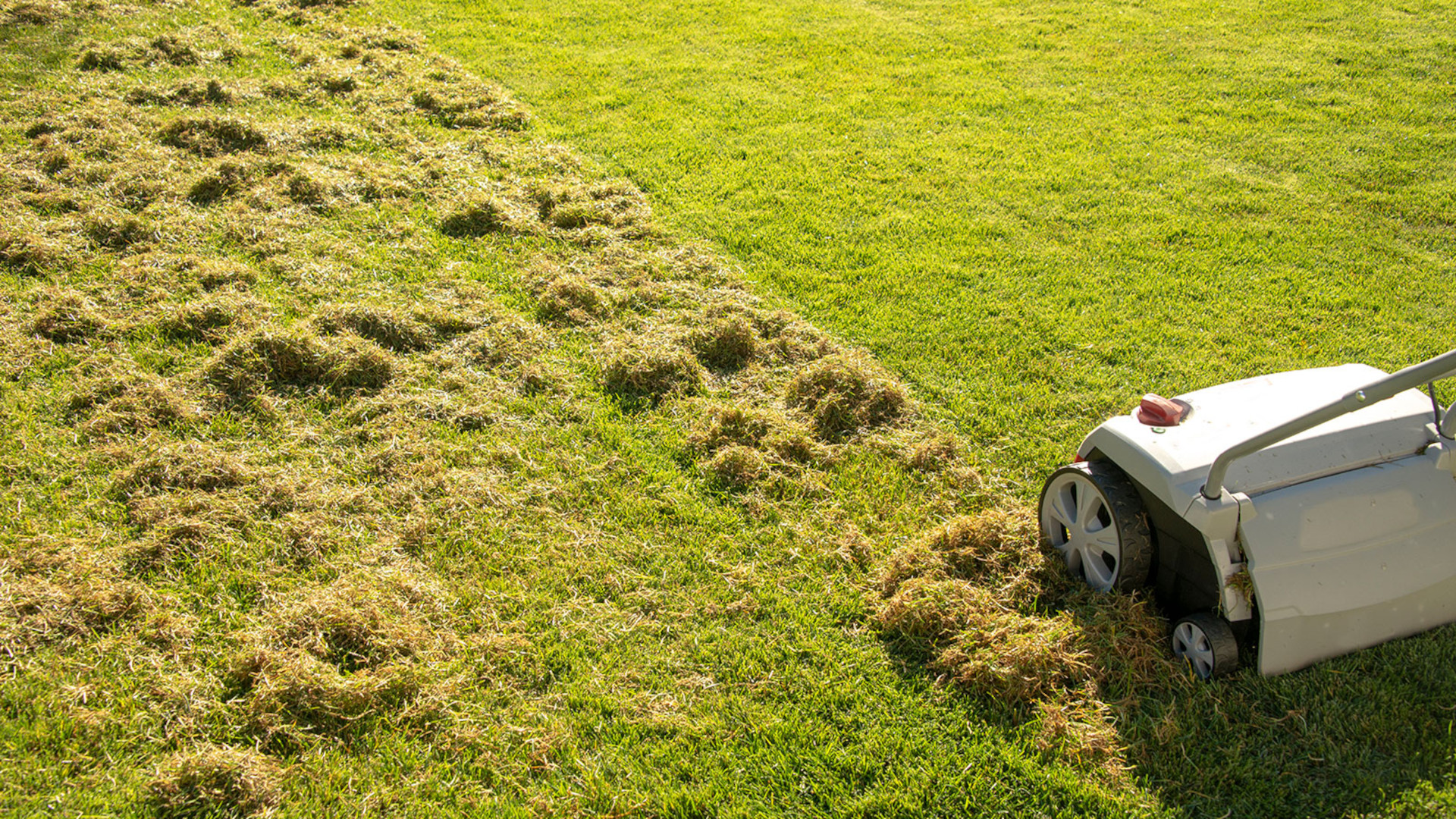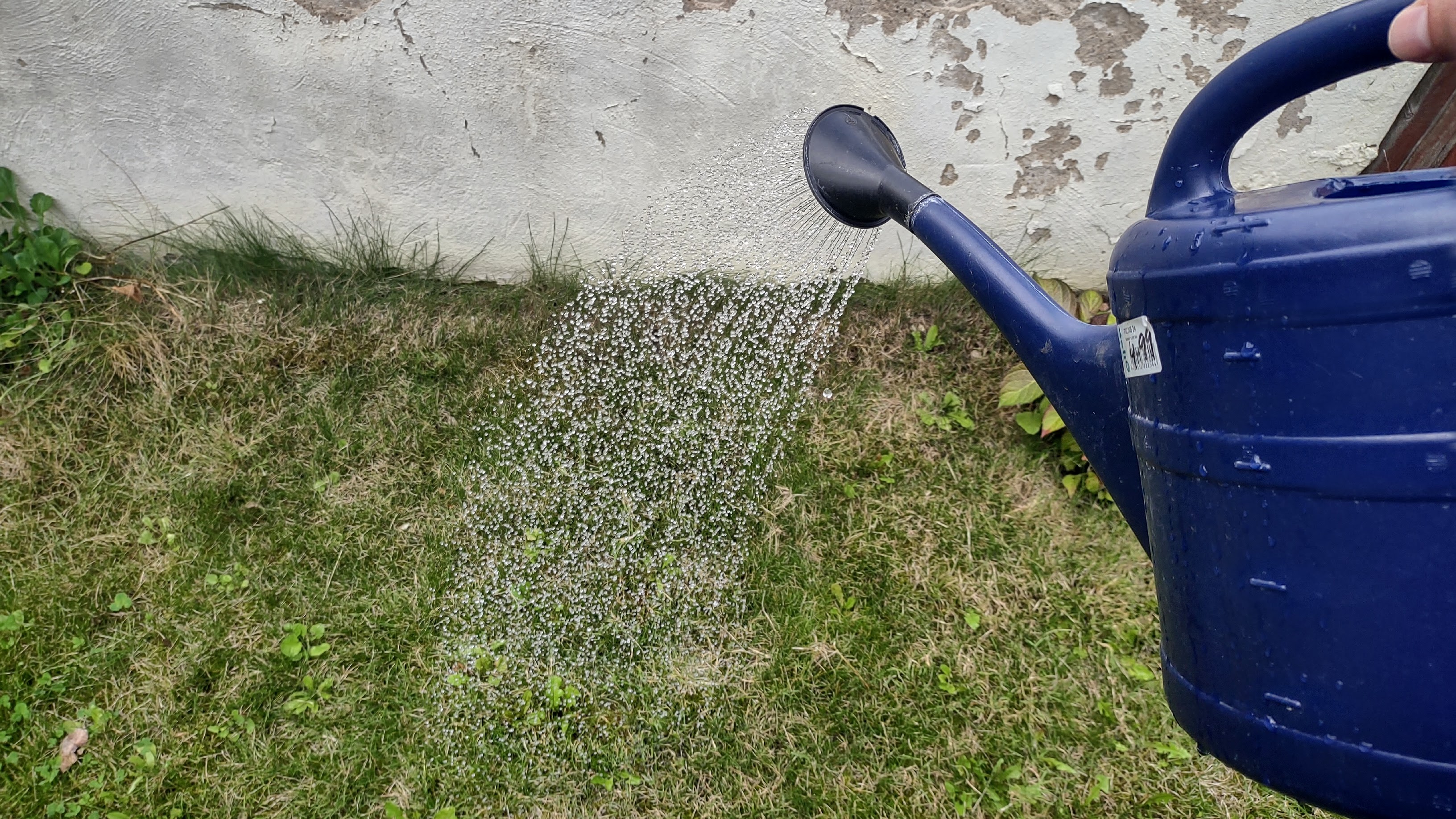How to bring your lawn back to life after Winter— your easy 7-step plan for greener shoots
Bring back your lawn

As Spring approaches and the grass starts to grow, it’s easy to think all you need to do is start mowing again. But before you go out and grab the best lawn mower around and start cutting the grass, there’s a few things you’ll want to do to prepare your lawn for spring.
Even if you followed all the steps to prepare your lawn for winter, the long, cold season can damage the grass, and not preparing it properly for the warm season can cause even more damage.
How to bring your lawn back to life after winter
We’ve put together this guide, complete with tips and advice from industry experts, to help get your lawn in tip-top shape for spring.
If you want to kit out your yard space following more of our recommendations, then check out our shortlist to the best gas grills and best fire pits.
1. Inspect and remove debris
The first thing to do is walk through the yard and check for any debris such as branches that may have fallen or anything else that has made it’s way unknowingly into your yard. Once it’s clear, give it a good rake. Clearing off all the leaves, branches, and other debris is the first step to bringing back a healthy lawn.
Matt D, the Garden Lawncare Guy, is an expert in lawncare, grass seed, and lawn feed. He says: “With the bad weather often debris is left on the lawn such as snow, leaves or debris. Try to avoid piles of debris as they are a magnet for lawn disease and the grass underneath will suffer.”

Experts in lawncare, grass seed, lawn feed and wild flowers. A family run business recognized by millions of social media followers as a leading source of reliable information on lawncare
Also be sure to make note of any dead patches, holes, or any other parts of your lawn that might have been impacted by the winter season.
Sign up to receive the latest news, reviews, buying guides and deals direct to your inbox
Ionel Giruan, a lawn care expert from UK-based Fantastic Gardeners recommends: “Observe the condition of your lawn and think about how it can be improved. For example, if you can tell if there are any dead patches, if you notice any patches of thin grass or if it appears to be infested with pests or disease. Make sure to keep track of all the problems you find so that you don't forget to fix them when it's safe to do it.”
We’ll tackle these dead spots a bit later.

Ionel Giuran has over 8 years of dedicated service at Fantastic Gardeners as an experienced lawn care expert, with additional knowledge and skills in tree surgery, landscaping and gardening. His passion for nurturing green spaces has driven him to excel in various areas of outdoor maintenance, earning him a reputation for meticulous attention to detail at Fantastic Gardeners' lawn care department.
2. Aerate the yard
Knowing how to aerate your lawn is a crucial next step to vibrant spring lawn. Aerating helps the soil wake up and makes it easier to start receiving water and nutrients again. This may sound like a lot of work, but thankfully there are quite a few great aerating tools out there that aren’t very expensive to help you get the job done quickly.
Gene Caballero is a Co-Founder of GreenPal with over 25 years in the landscaping industry. When it comes to aerating, he says: “An aerator tool is crucial for breaking up compacted soil, enhancing oxygen, water, and nutrient flow.”

Gene Caballero grew up living in South America and Middle Tennessee. He has a MBA in Finance and worked as a corporate sales coach for a Fortune 50 company. He enjoys playing piano and is an avid marathoner. Gene’s role on the GreenPal team is to ensure every GreenPal customer is satisfied with their experience.
3. Dethatch or scarify the lawn
After the yard has been properly aerated, the next step is to either dethatch or scarify it. While aerating helps open up and revive the soil, dethatching and scarifying removes any dead grass or thatch that has built up in the grass.
It’s important to note what the differences between a scarifyer vs dethatcher really are. When you first inspect your lawn, you can look to see which you need to do. Dethatching is less invasive to the grass and a dethatcher tool simply removes the thatch from the top of the grass without digging too far down.
A scarifier tool, on the other hand, gets much deeper into the grass and soil to remove more than just the surface level thatch. It penetrates the soil, helping to aerate while removing the thatch and dead grass.

4. Overseed if necessary
Now that the soil and grass has been cleaned and prepped, overseeding can help rejuvenate any dead spots or bare patches. There’s a few steps to this process, so be sure you know how to overseed before you get started. It’s not difficult, but you might need a couple extra tools like this Scotts Turf Builder EdgeGuard Mini Broadcast Spreader for Seed ($44.98 Amazon) and this Treela Lawn Roller ($75.99 Amazon).
Make sure you use compatible grass seed, however, because you don’t want to end up doing more damage by spreading seed that isn’t suited for your current grass or climate.
Gene says: “Overseeding sparse or bare patches rejuvenates your lawn’s density. Utilize a broadcast spreader for uniform seed distribution, ensuring the seed type is compatible with your existing lawn and regional climate.”
Keep in mind that overseeding may not always be necessary. If your lawn weathered the winter season well without too many dead patches or spots, then you may not need to add any more.
5. Fertilize
Once you’ve got the seed down, fertilizing is the next step, and the right fertilizer can make all the difference. In the spring time, the goal is to revitalize and rejuvenate the grass, as opposed to simply maintaining it’s lushness. As such, you’ll want a quick-release fertilizer to unlock those nutrients fast, and one that’s high in nitrogen to help nurture steady growth among the new shoots. Other ingredients that are good for the grass at this stage are potassium and phosphorus, but nitrogen is the key one.
All the experts we spoke to highlighted the importance of fertilizer.
Matt says: “Even though grass wont generally need a much nutrients at this time of year feeding the lawn with essential nutrients like potassium, phosphorus and nitrogen can still be essential for healthy color and growth.”
Ionel says: “Using a high-quality fertilizer. Use high-quality fertilizer in the spring to revive your lawn after a long winter. During the warmer months, this will help your grass grow healthy and green. Make sure that your grass receives enough nitrogen, potassium, and phosphorus by using a fertilizer with these three ingredients.”
If you really want to get the absolute best fertilizer for your lawn, Gene recommends getting a soil test, like the Luster Leaf 1602 Soil Kit, 20 Tests on Amazon: “A soil test may also be beneficial to customize your fertilization plan according to your lawn's specific nutrient requirements.”
Many of these are DIY kits that can either tell you the results right on the test, or you can send them off to a lab for even more scientific analysis. If you’re not trying to grow food or a big garden, this may not be worth the time and effort but it’s still an option.
6. Water the grass
Reviews
Whirlpool 24" Stainless Steel AI Dishwasher Review
Napoleon TravelQ PRO285 Portable Gas Grill review
Dreame L40 Ultra Robot Vacuum Cleaner and Mop review: almost hands-free cleaning
GE Profile Smart Mixer with Auto Sense review: a powerful, thorough mixer
Echo eForce DPB-2500 review: a leaf blower as a snow removal tool?
DPAS-2100 + Pro Paddle Attachment review: a new way to remove snow this winter?
Midea MAD53109APK 5.5QT Air Fryer review: a small, simple, and highly effective option
Eureka J15 Pro Ultra Robot Vacuum review: hands-free cleaning for busy families
After fertilizing, watering is important. However, this time of year can be a bit tricky for watering. If it’s still pretty cold and damp outside, or it’s raining a lot, you won’t want to water too much, if at all. The best case scenario would be to fertilize just before a big rain and let mother nature do it’s thing.
If spring has truly arrived, then you’ll want to be careful not to water when it’s too hot outside as that can damage the grass. Watering in the heat can actually burn the grass and cause dehydration. The grass is coming out of a deep cold season so it’s a bit fragile and you don’t want to shock or overwhelm it.
Ionel says: When you water your lawn during the early spring, you can make a huge difference in its health. However, you'll need to water early in the morning or late in the evening to avoid the harsh sun, which will evaporate the water and result in dehydration and scorching of the lawn grass. Also, water your lawn sparingly during the rainy periods because you can end up overwatering, which can disrupt the grass' health.”

7. Don't rush the first mow
Once you’ve followed all the above steps, it’s time for the first mow of the season. As ready as you may be to get out there, even the best electric lawn mowers or best gas lawn mowers can damage the grass if you try to mow too early. Knowing when to start mowing in the spring is crucial. You’ll want to make sure the weather has been consistently warm for several days and that there are no more cold bouts of weather coming. Once the temperature hits above 50 degrees Fahrenheit regularly, you’re good to break out the mower.
For the first mow, make sure the mower height isn’t too low. Gene says: “Adjust your mower for a higher cut during early growth stages to promote root strength and reduce weed emergence.”
Following these steps helps ensure your lawn will come back healthy and green for the sunny summer season.

Jason, an experienced freelance writer and tech reviewer, now explores reviewing pizza ovens and lawn mowers for Top Ten Reviews alongside his smartphone expertise. With a background in filmmaking and technology, he has contributed to major tech platforms and enjoys spending time with his family, tending to his garden, and woodworking.
